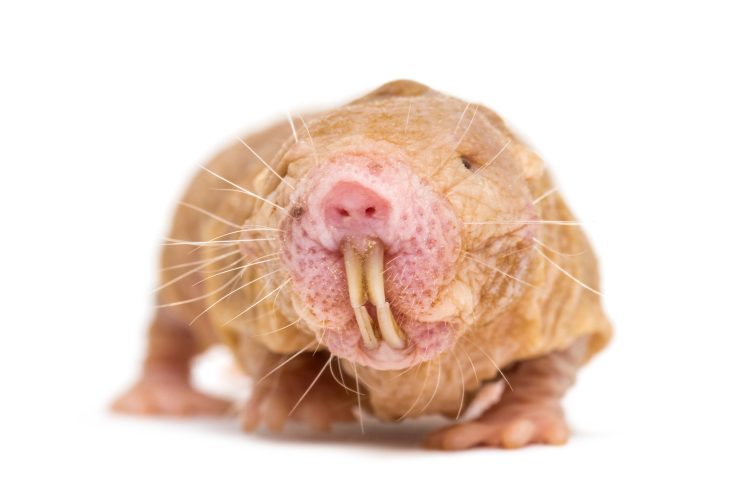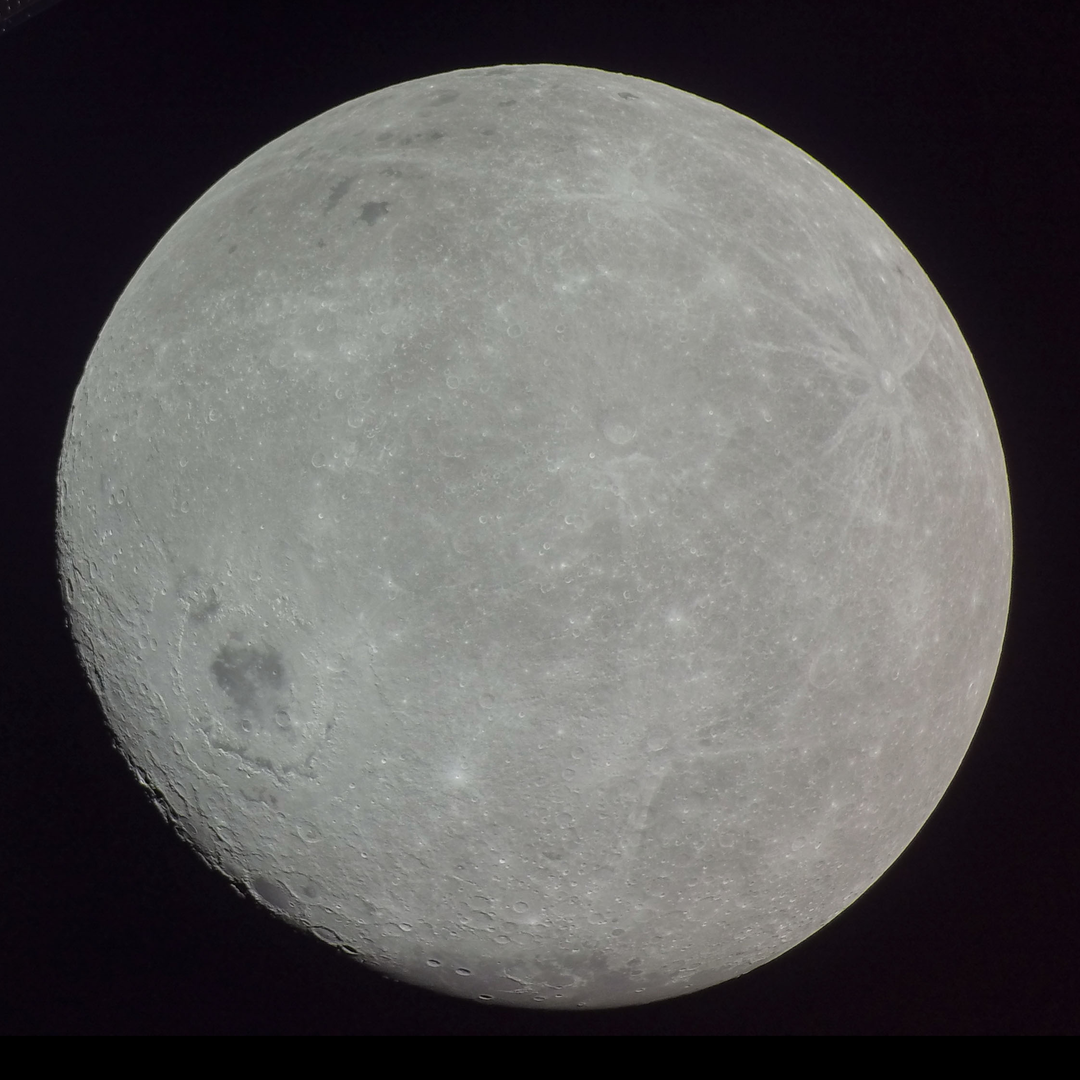The gravitational interaction between the Earth and Moon has led to one hemisphere of the Moon being locked facing away from Earth. Don’t be misled though, the Moon does rotate, it just takes as long to rotate once on its axis as it…
Category: 7. Science
-

Hunting for Pairs of Monster Black Holes
When galaxies collide, it’s not a gentle affair but it does take millions of years. Over this time the two massive star systems slowly merge together, their gravitational pull drawing them closer. At the heart of each galaxy lies a…
Continue Reading
-
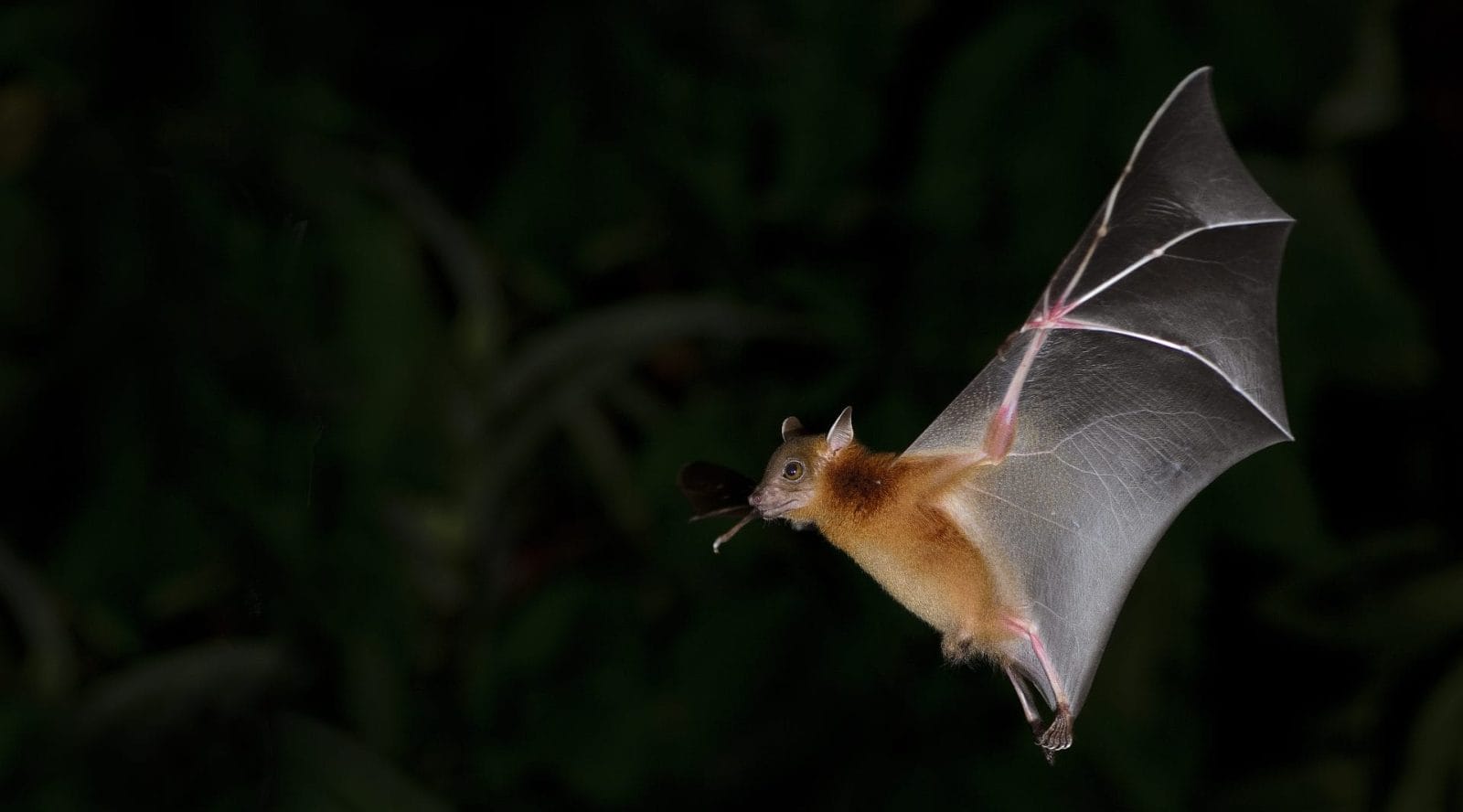
Scientists Capture First-Ever Footage of a Bat Eating a Bird in Midair – One Green Planet
In a discovery that’s changing how scientists view nocturnal predators, researchers have captured the first direct evidence of a bat hunting and eating a bird midflight. According to a new study published in Science detailed how Europe’s…
Continue Reading
-

Mysterious dark object could unlock theories about the Universe
Through a network of global telescopes, astronomers have discovered the lowest-mass dark object ever discovered in the Universe.
By uncovering the nature of this dark object, theories about the nature of dark matter could be ruled out.
The…
Continue Reading
-
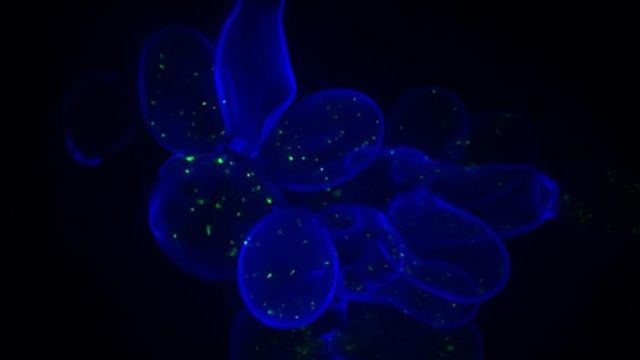
Map Reveals How DNA Mutations Drive Resistance
Every organism’s genome contains mutations that often have unknown biological effects. In partnership with Stanford University (USA), researchers at Charité – Universitätsmedizin Berlin have now discovered a way to predict the…
Continue Reading
-

Canberra welcomes four global conferences
Mount Stromlo; photo by Visit Canberra Canberra has successfully secured four international conferences spanning space science, artificial intelligence, human-computer interaction, and healthcare, this spring.
The influx of…
Continue Reading
-
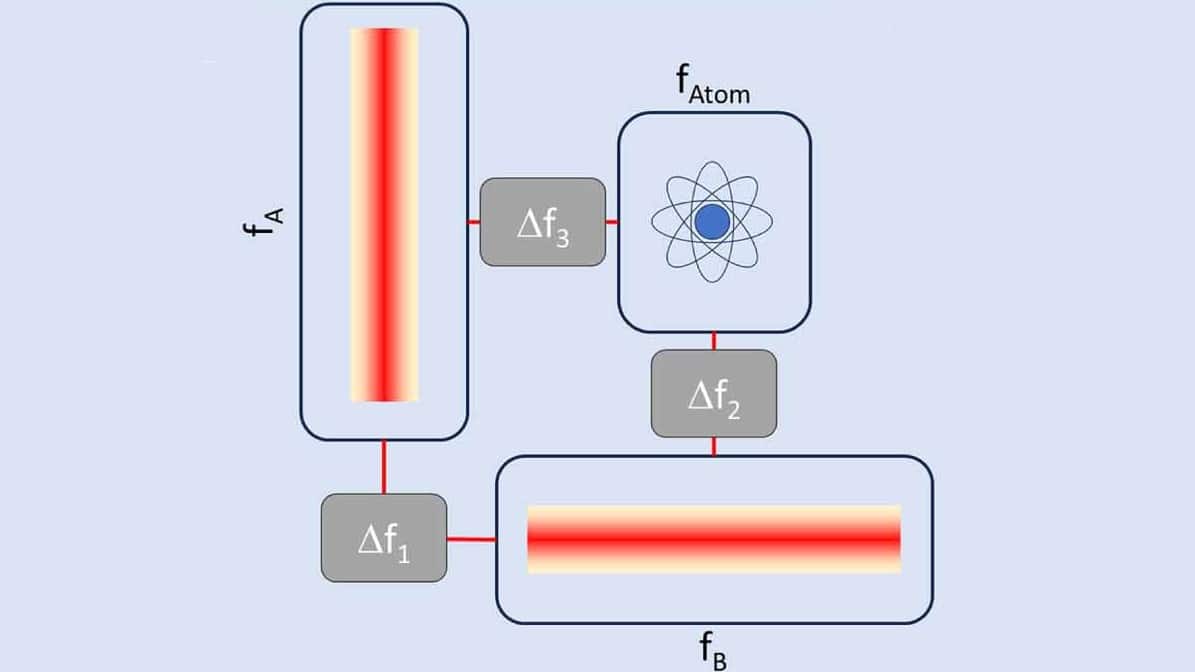
Phase shift in optical cavities could detect low-frequency gravitational waves – Physics World
Phase shift in optical cavities could detect low-frequency gravitational waves – Physics World
New research has demonstrated how tiny tweaks in a DNA-sensing enzyme may hold the key to the naked mole-rat’s extraordinary lifespan – offering insights that could one day inform therapies for aging and age-related diseases.
